Barrister Anthony Grant on success of Sculptureum, TripAdvisor’s best thing to do in Auckland
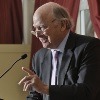 |
Legalwise News editor Caroline Tang interviews barrister Anthony Grant about his founding of Auckland’s top-ranked place to visit on TripAdvisor, Sculptureum. The art tourism venture is billed as: “A world of art, food and wine” and features three gardens full of sculptures, six art galleries, a vineyard, an events space and Rothko restaurant and bar.
“Pure fun” is how leading Auckland barrister Anthony Grant describes his leap down a rabbit hole into a world where snails are hot pink and gargantuan, a dandelion is crafted from canary yellow plastic laundry buckets, the rabbits forget the time, and fine food and wine from the onsite vineyard never has to be labelled “eat me” or “drink me”. The destination is Sculptureum at Matakana, an hour north of Auckland, and it is neither a sculpture walk or an art museum – it’s the best of both.
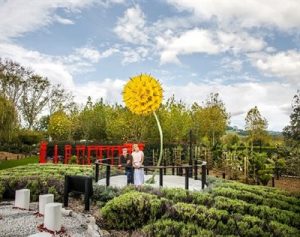 |
Grant, 70, and his wife Sandra opened Sculptureum in April 2017.
The gardens and galleries already top the “Best Things To Do” list in Auckland on TripAdvisor.
The multi-million-dollar art project has almost become a second job for Grant, who still maintains a full-time law practice.
He has staff who manage and maintain the 25-acre property, but he always makes the time to check in on weekends and even hosts tours.
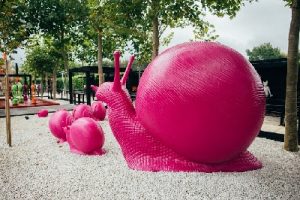 |
Grant said the grounds contained more than 730 works of art: “all sorts of things – it’s an unusual place.” “Some works are very modest, but Sculptureum gives visitors a massive inundation in various art forms. What I wanted to do, was to show people a huge variety of different things, with the expectation that it may enrich their lives,” he said.
“There are only five 2-D works, actually; the rest are all 3-D and they are of a type that most traditional art galleries don’t display. “With art, people should find what they like and forget about what curators say. We aim to make art accessible and to show people all different types of art that they have never conceived of.”
Sculptureum, an amalgam of “sculpture” and “museum”, took a decade to develop before it opened to the public. Grant has trademarked the name overseas in the hope that the concept may eventually take root offshore.
 |
The idea formed in Grant’s mind in 2005 after he realised he had nowhere to safely display his beautiful glass artworks, which were at odds with the practical realities of raising young children later in life.
“The dining table was in glass and the children would smash their mugs on the table and I realised it was all hopeless, so it went into storage,” he said.
“In 2005, I said, to hell with this, I won’t be stymied – with the money I have made out of law and property, I will try to find a way to do an art project. Sandra, who is also a barrister, actually encouraged me to do it.”
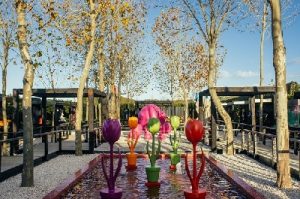 |
Grant, who has no training in the arts and sees himself as an outsider to the art world cognoscenti, sees parallels between his Sculptureum venture and Australian gambler and entrepreneur David Walsh’s Museum of Old and New Art (MONA) across the Tasman.
“What I have done is not dissimilar to David Walsh – he’s a one-man show. David has a gallery which is completely his – he has curators he employs – but he’s chosen exactly what he wants, buys what he wants and it’s completely different from other art galleries,” he said.
“Mine pales in significance to the significant value of the works on display in MONA, but it’s similar in that sense: both are quite unusual places with single owners.”
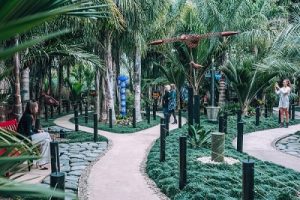 |
Creating one of Auckland’s must-visit destinations, however, has not been without its difficulties. “In about 2007, I bought the site where the project is on and I began to work on it. I worked away at it every weekend and arrived at first light on Saturday morning, and stayed for meetings with staff,” he said.
“But, it’s been a huge struggle, financially. I initially did not have the money for the gallery which is what I had intended to do, so I played around with the gardens and the gallery came around later.”
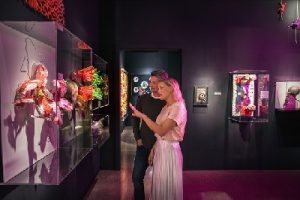 |
Not to mention the “problem” of being an in-demand barrister as your day job: Grant laughed and said one of the challenges was “fitting it all in”.
“I get to the office very early in the morning. I tend to be at work between 3am and 5am. I was in at 2.30am this morning! I get enough sleep! I fit a lot into a day; I do a full day’s legal work and I fit the project around that.
“It has been a problematic venture because there have been no real models for it, but it’s been gratifying to attain the success that it has achieved.”
Grant said the public reaction to Sculptureum had been overwhelmingly positive. It has even brought some to cry tears of joy. “I had the publisher of one of our newspapers here, who said he was almost in tears, and a woman from Sydney visited who was in tears going through the place, she just couldn’t believe it,” he said.
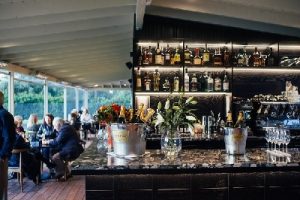 |
TripAdvisor has four one-star reviews for Sculptureum, but Grant said those are visitors who want a traditional fine art experience, which his gardens and galleries did not aspire to be, despite his collection boasting Matisse, Cezanne, Rodin and Koons.
“Those people tend to be diehard conventional art gallery types who say that a descriptor for a work on display has to have the full name of artist, their date of birth and death, the name of the work, the date of the making of the work, etc., and if it’s not done like that, then you don’t know what you’re doing,” he said.
“I could not care less about that kind of feedback. I deliberately did not want to do that, because it turns people off; they don’t need to know all that! The date of creation of the artwork? What does that say to you?
“But it’s quite interesting, because the art cognoscenti seem to have largely ignored it – I thought I would cop a lot of flak.”
 |
Just as interesting is the fact that one source of inspiration for Sculptureum was another top Australian tourist attraction: Australia Zoo.
“The Irwin family turned animals into money, a model where people would pay, so it is self-funding and profitable,” Grant said.
“Their descriptors are much more user-friendly for visitors, so I have tried to do descriptors which are much more interesting for people.”
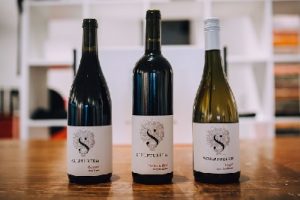 |
The accessibility of the artworks on display is a key driver of Sculptureum, but it does not stop once visitors leave its grounds. Far from the catch cry “don’t try this at home”, Grant said he wanted to inspire people to take an idea or two home with them.
“Visitors come and see some of these things in our gardens or galleries, and then they can copy or make enquiries to obtain some of the works, or find works from the same artists, for display in their own gardens or properties, which they do.
“I am very happy about that. I think it’s fantastic; if people go can home and make their houses and properties more interesting as a result of visiting Sculptureum, I feel like I have won.”
Anthony Grant is an Auckland barrister whose primary areas of specialisation are the Law of Trusts, the administration of Estates, and disputes about testamentary and other capacities. He is the most prolific author in New Zealand of articles on these topics and he regularly delivers Papers at seminars on them. He has conducted many cases in Company law, Securities law, land law, contracts, tort, and Equity and believes that a good understanding of these and other laws is helpful for the creation of strategies that will succeed in securing client objectives. In his spare time he has, with his wife Sandra, created Sculptureum, an art tourism venture at Matakana. The Sculptureum project is managed by others and Anthony maintains a full-time practice as a lawyer.
Anthony obtained his law degree from Bristol University in 1970 and qualified as a barrister in England in 1971. He was a member of a large set of Chambers at 4 Pump Court, Temple, London which focused on general civil litigation. During the period 1971 until his return to New Zealand in 1977 he was in Court on a daily basis, conducting cases in the Magistrates Courts, County Courts, Crown Courts, High Court and Court of Appeal. On his return to New Zealand he became a litigation partner at Sheffield Young & Ellis. He had this role between 1978 and 1984 and had a broad civil law practice in that firm. When Sheffield Young & Ellis was about to merge with Chapman Tripp & Co, Anthony was invited to become the first lateral partner hire at Russell McVeagh and he was a partner there between 1985 and 1999. Anthony has been a barrister in Radcliffe Chambers since 1999.
Contact Anthony at anthony@anthonygrant.com or connect with Sculptureum via Facebook